Best Ways to Maintain Hygiene Around your Butcher Board
Butcher boards lend a pleasing accent to any space. There can be no kitchen style where the butcher board would not be at home in. It warms up contemporary kitchens and brings efficient practicality to even an ornate traditional one. Created with hardwood, butcher boards offer many advantages over other materials. You can chop and prepare food directly on their surface. They may show some nicks and stains over time, but it is not much of concern as another advantage is that you may sand away and reseal these imperfections.
Butcher boards are a favourite among people because they are merciful to knives. Though you may tend to surround yourselves with all kinds of modern gadgets yet the classic tools and utensils will always enjoy a prior place in your kitchens. If you are a trendy and environmentally friendly homeowner, butcher boards will certainly make a great kitchen companion for you. However, due to the porous nature of wood, the substances which come in contact with its surface may leak inside the pores. Therefore, any kind of cutting boards that are used in the kitchen must be cleaned and maintained in order to keep them hygienic and safe for use.
Here are some ways to maintain hygiene around your butcher boards:
Cleaning and Sanitizing Butcher Boards
Warm soapy water: Wash your butcher boards with warm soapy water immediately after use. The board should not be submerged in water as it may start cracking and drying out.
Disinfecting: Use white spirit vinegar to disinfect your butcher boards after every use. Vinegar is an excellent disinfectant for killing a wide array of microbes and bacteria and especially those which are common in the kitchen like E. coli, Staphylococcus, and Salmonella. Fill a spray bottle with white vinegar and keep it handy to make cleaning of your butcher board a breeze. It is also the best method of disinfecting kitchen tools for those who are sensitive to harsh chemicals.
Bleaching: Bleaching of butcher board can be done in about every two to three weeks. Dilute one teaspoon of bleaching powder with 750 ml of water and pour it on the surface of the butcher board. Let it stand for some time before wiping the surface.
Sterilizing: You can make use of 3% Hydrogen peroxide to get hold of even the last surviving microbe on your butcher boards. Wipe the surface with vinegar solution first then use hydrogen peroxide on it after wiping with a paper towel.
Stain Removal
Lemon: An organic approach to remove stains from the butcher boards is the combination of table salt and lemon. Sprinkle some salt over the stain and rub a slice of lemon thoroughly on the stain. Let the mixture sit for an entire day or overnight and then clean it with a damp cloth or sponge. This method also comes handy for combating strong odours of garlic and onion which dwell in your butcher boards.
Baking soda: Put baking soda over the stain and rub it thoroughly with some elbow grease. Let it stand for some time before cleaning it off. The main aim of this method is to draw out the stains with the help of baking soda.
Bleach: Mix equal parts of water and bleach powder. Apply to the butcher board using a sponge. Wring out the sponge to remove the excess liquid. You need to saturate the butcher board overnight if the stain is stubborn. After wiping the surface of the board clean, apply some vinegar to neutralize the bleaching chemical.
Note: Bleaching may discolour the wooden surface.
Scrape: A good scraping can be perfect for removing the stubborn stains without using the sandpaper.
Sanding: When all other methods fail, the stain can usually be sanded out with the help of coarse papers. Finer grits can return the butcher board surface to its desired smoothness. While you use the method of sanding the stain, you can inevitably form a depression in that area. To prevent this effect, you can sand the surrounding area of the board, waning as you go farther from that stained area. In this way, you will get a uniform surface on the butcher board. While you are hitting the butcher board with the finest paper, you need to sand the complete board. Leaving some of the areas unsanded may cause those areas to absorb water that may possibly warp. This method needs a reapplication of finishing oil.
Refinishing
The beauty of butcher boards is that if they become stained, you can refinish them with ease. Firstly, make use of coarse-grit sandpaper to rub out the stain, then change to a finer git so that you can get smooth things out. After sanding the surface, rub food-safe mineral oil evenly and wipe off the excess oil. If you notice that your butcher board has quickly absorbed the oil, you can add another coat.
During the application, you must make sure to give attention to the sides of the end grain, as it is most susceptible to moisture. After around 15 to 20 minutes, you will see that the oil you poured on your butcher board has been absorbed more in some regions and pooled in others. Spread it evenly, let it sit for another 15 minutes. Then wipe it off with a clean cloth. In between the mineral oil coatings on the butcher board surface, you may also make use of some natural beeswax and rub it into the pores of your board surface. This will offer additional protection to the butcher board surface against the liquids. After you have rubbed the beeswax on the wooden surface evenly, you can buff it with a clean cloth to ensure a nice glow. This will add to its durability.
Conscious Use
In some kitchens, butcher boards serve as the main preparatory surface for all kinds of food items. In such cases, you must be conscious of the fact that involuntarily you may be causing uneven wear on the butcher board surface. If you don’t want a corner of your butcher board to look worn-out in comparison to the rest, you can try to do your chopping work on a different part of the board every time you prepare your meals.
You may consider using one butcher board for fresh produce such as bread and a separate one for raw meat, fish and seafood. This kind of practice can help you prevent bacteria on a butcher board which is used for raw meat from contaminating the food items which need no further cooking.
Since the wooden surface of the board can absorb moisture quickly, it would be a mistake to leave your damp cloths on the surface for a prolonged time period. After you have prepared your scrumptious food item, a dry cloth can be used to rub the butcher boards occasionally to reduce moisture absorption.
A butcher board is indeed a beautiful and practical tool for any preparation area and contributes significantly to the character of the food. With proper cleaning, sanitizing and regular maintenance, your well-made butcher board will last for many years to come and may even become your family heirloom! Ellementry’s high-quality butcher boards are the perfect addition to your family heirloom!

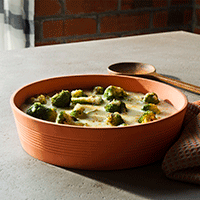
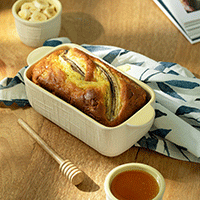
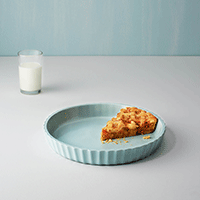

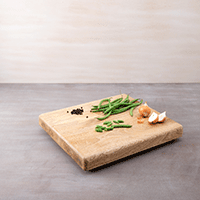
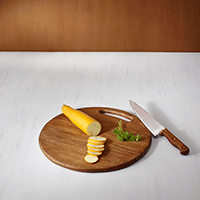
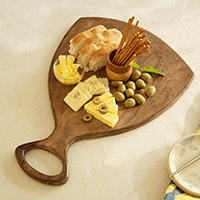
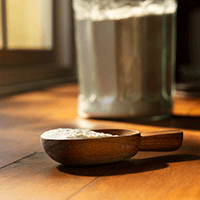
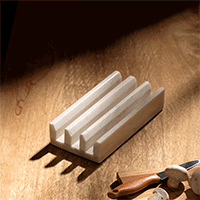

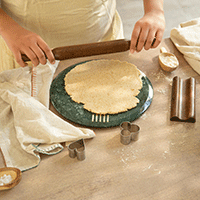
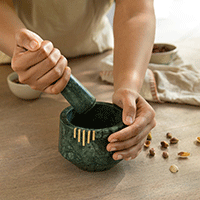
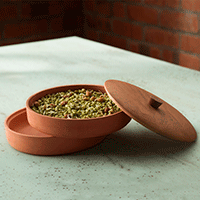
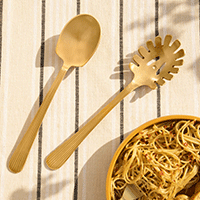
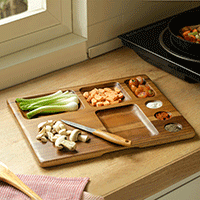
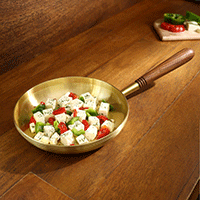
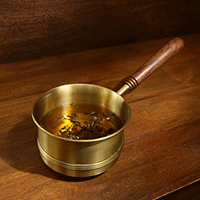
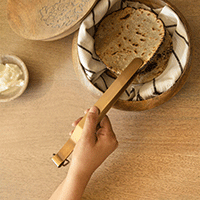
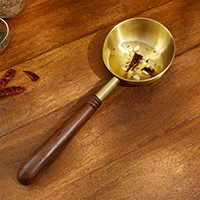
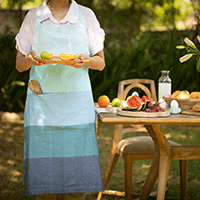
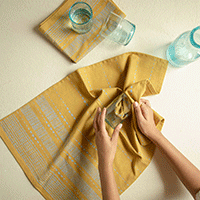
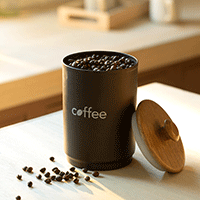
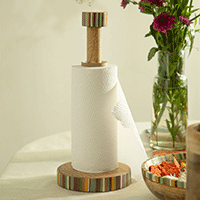
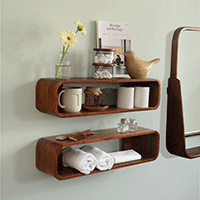
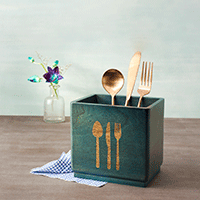
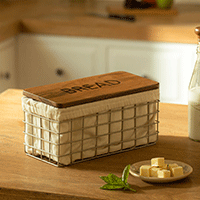
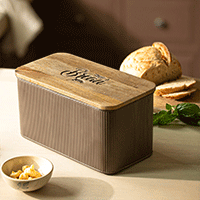
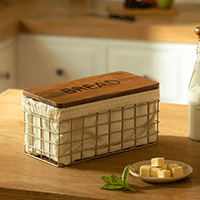
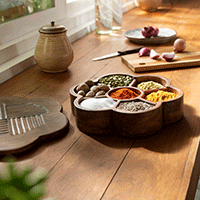

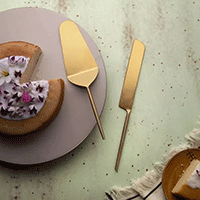
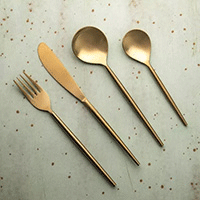
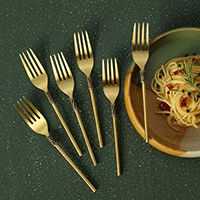
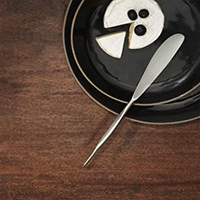
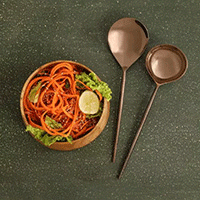
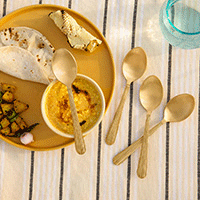
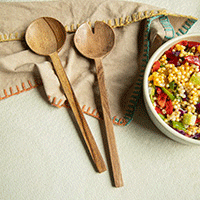
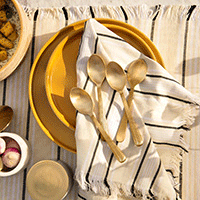
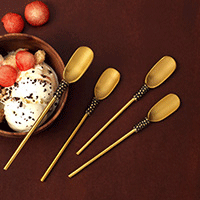
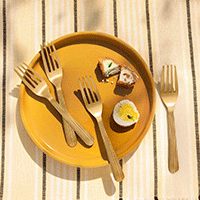
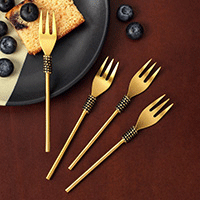
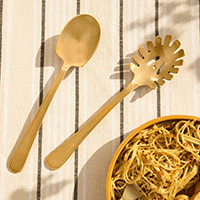
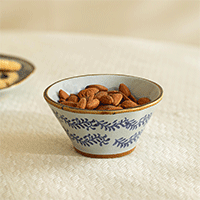
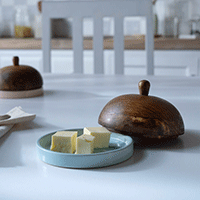
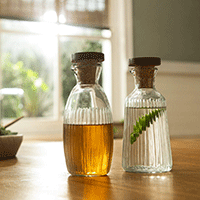
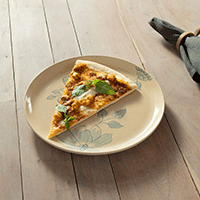
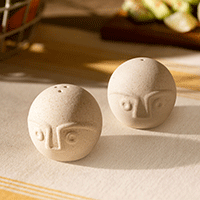
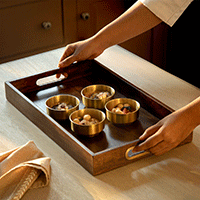
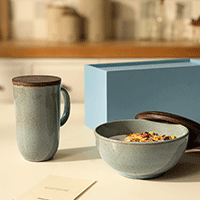

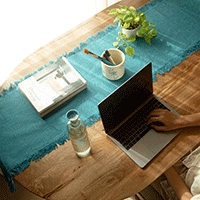
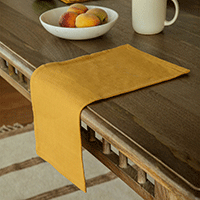
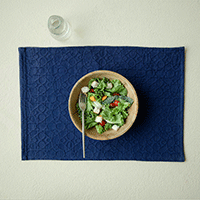
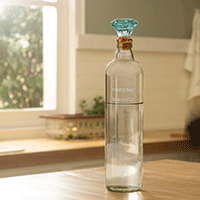
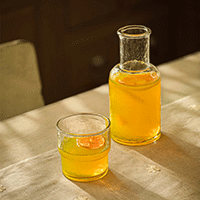
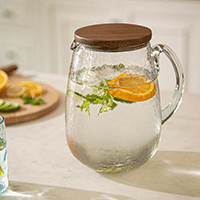
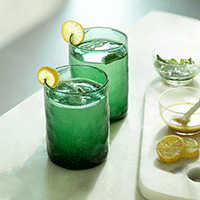
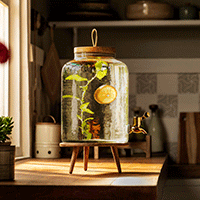
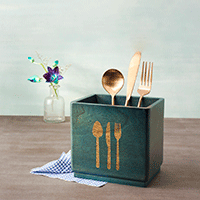
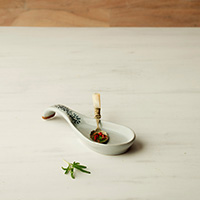
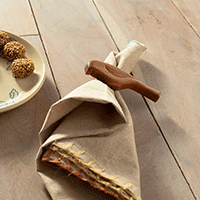

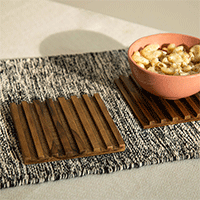
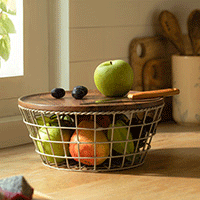
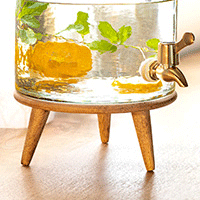
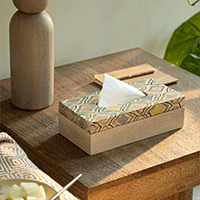

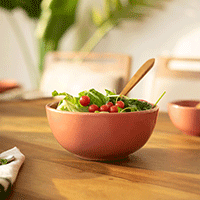
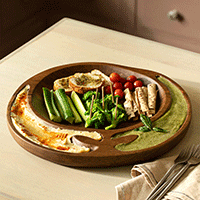
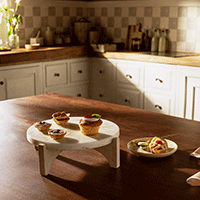
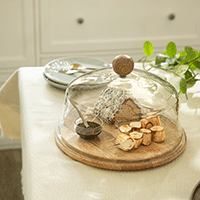
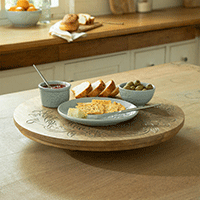
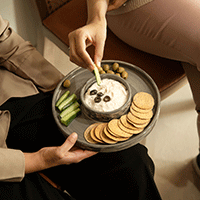
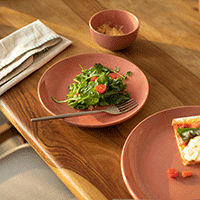
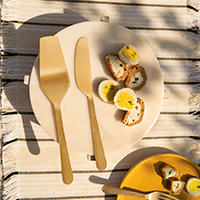
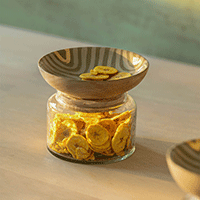
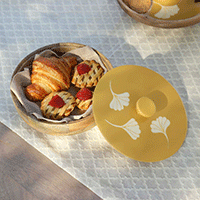
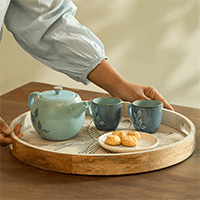
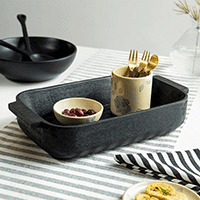
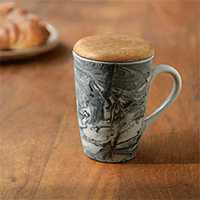
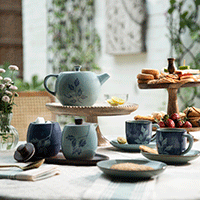
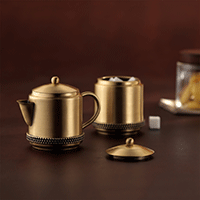
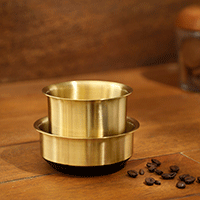

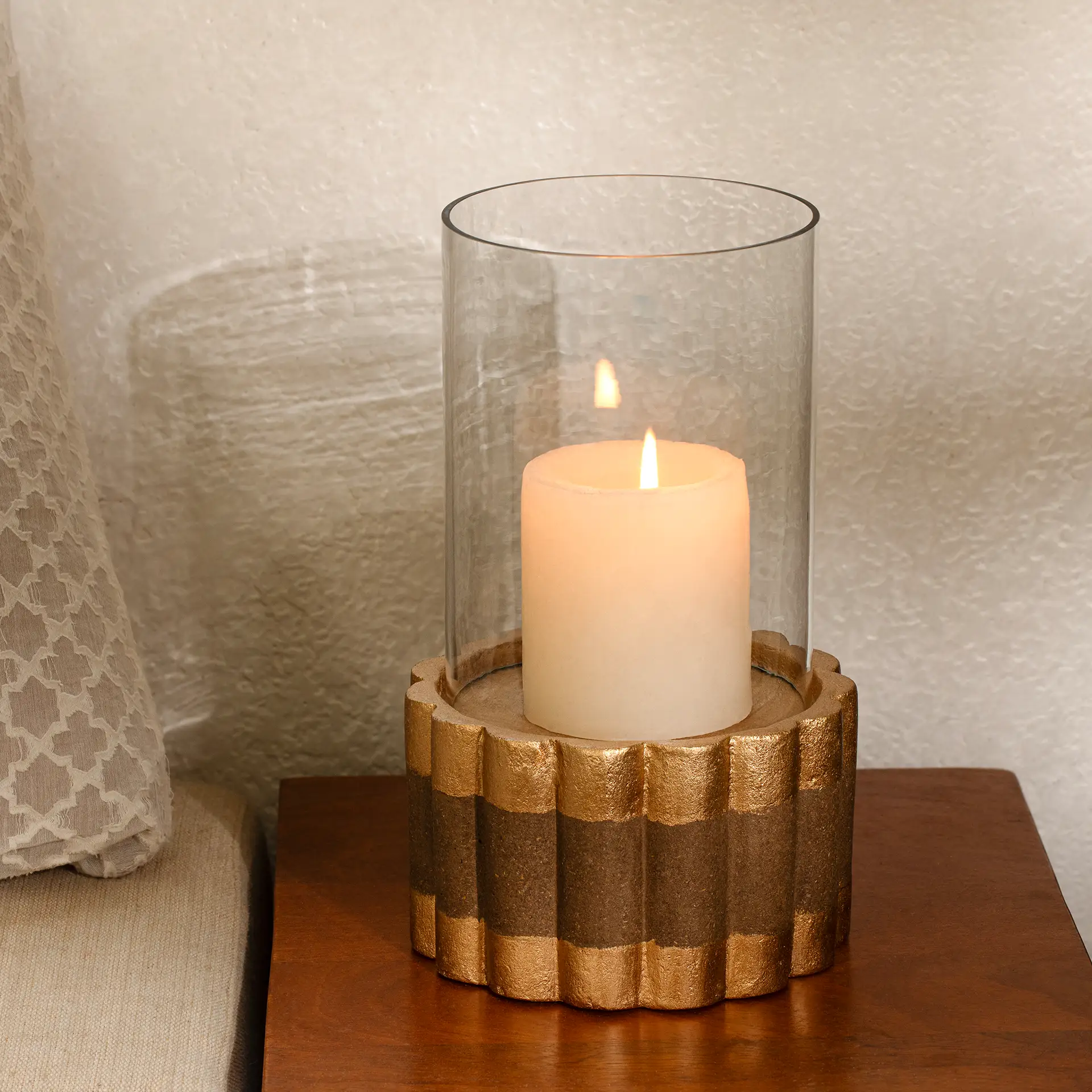


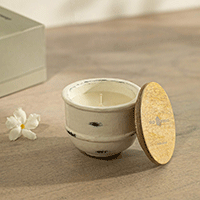
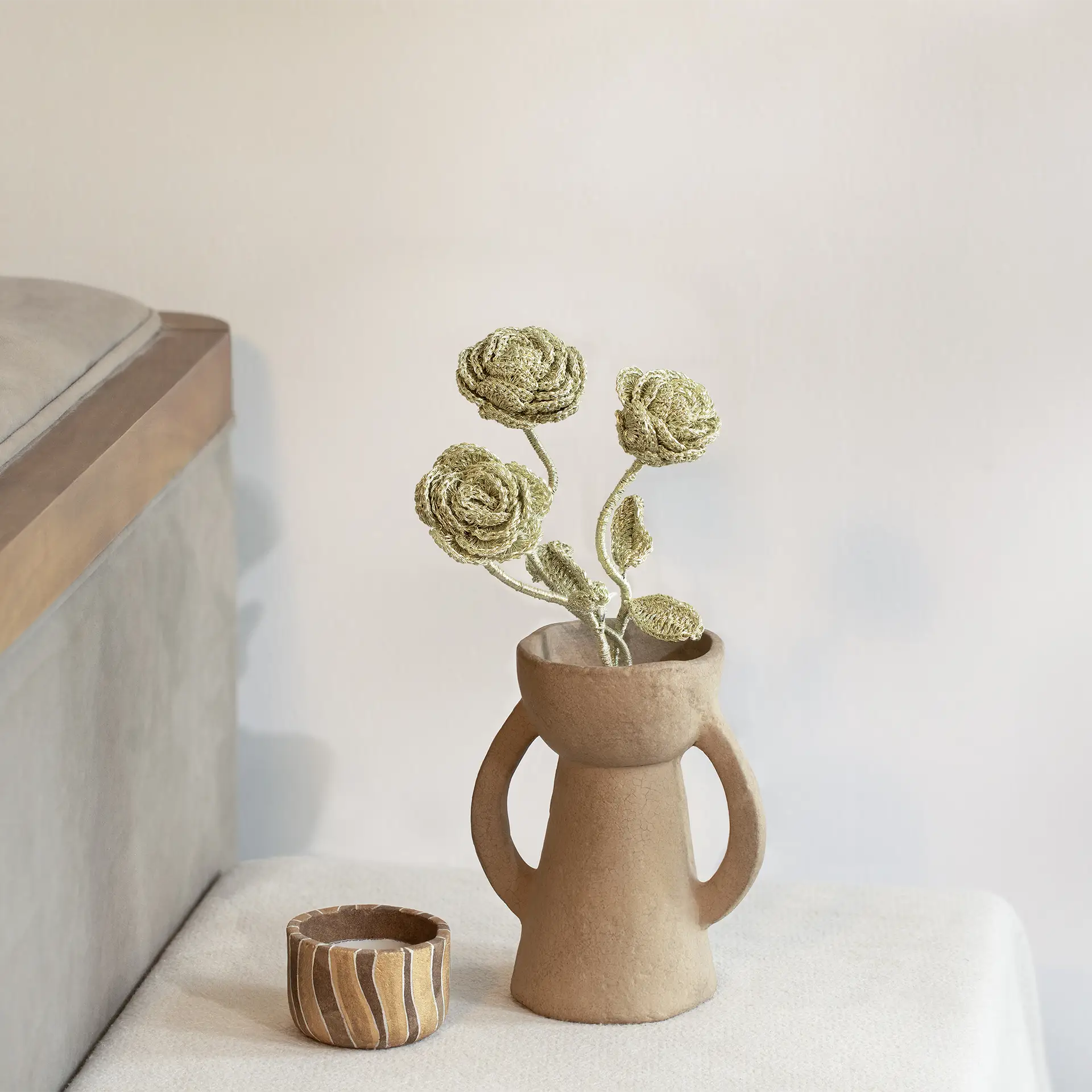
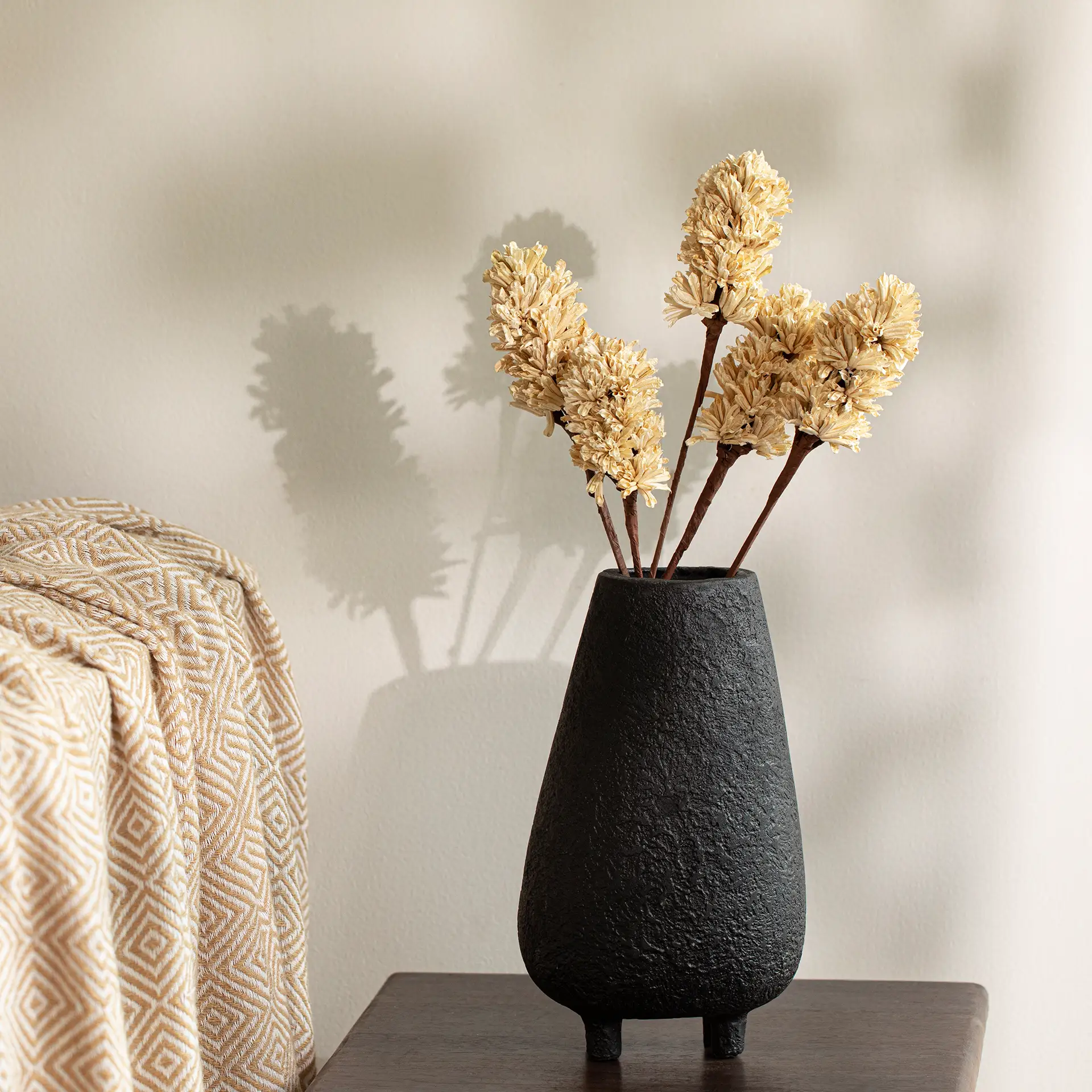
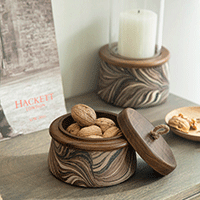
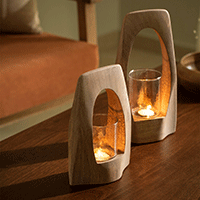
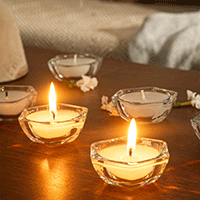
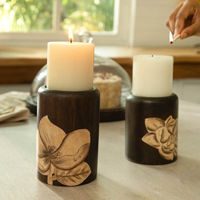
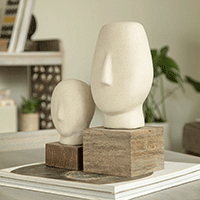
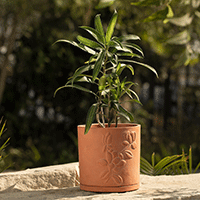
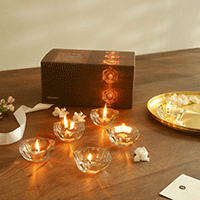
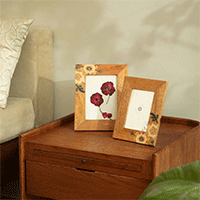
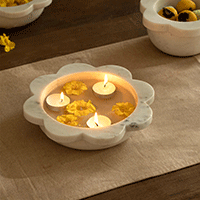

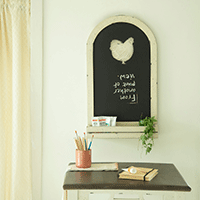
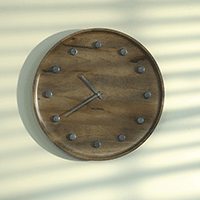
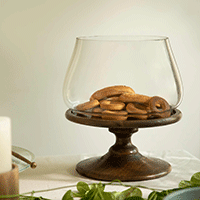
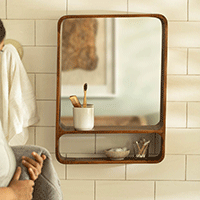
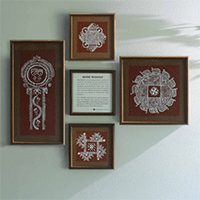

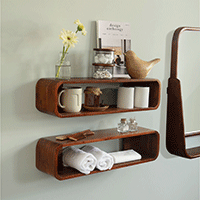
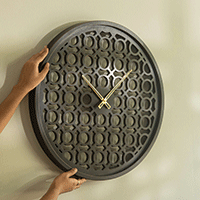

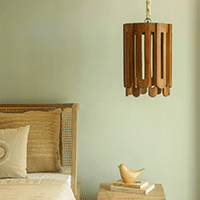
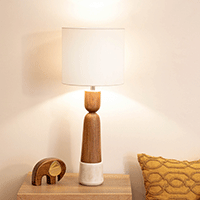
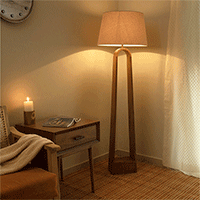
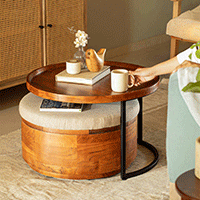
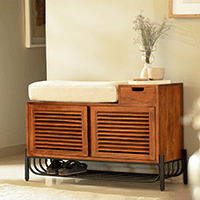
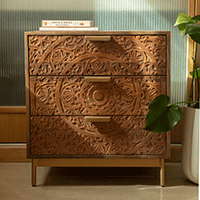
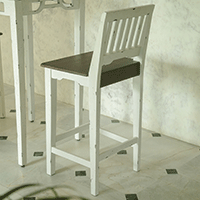
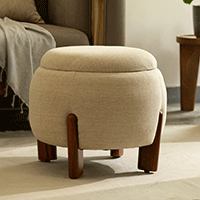
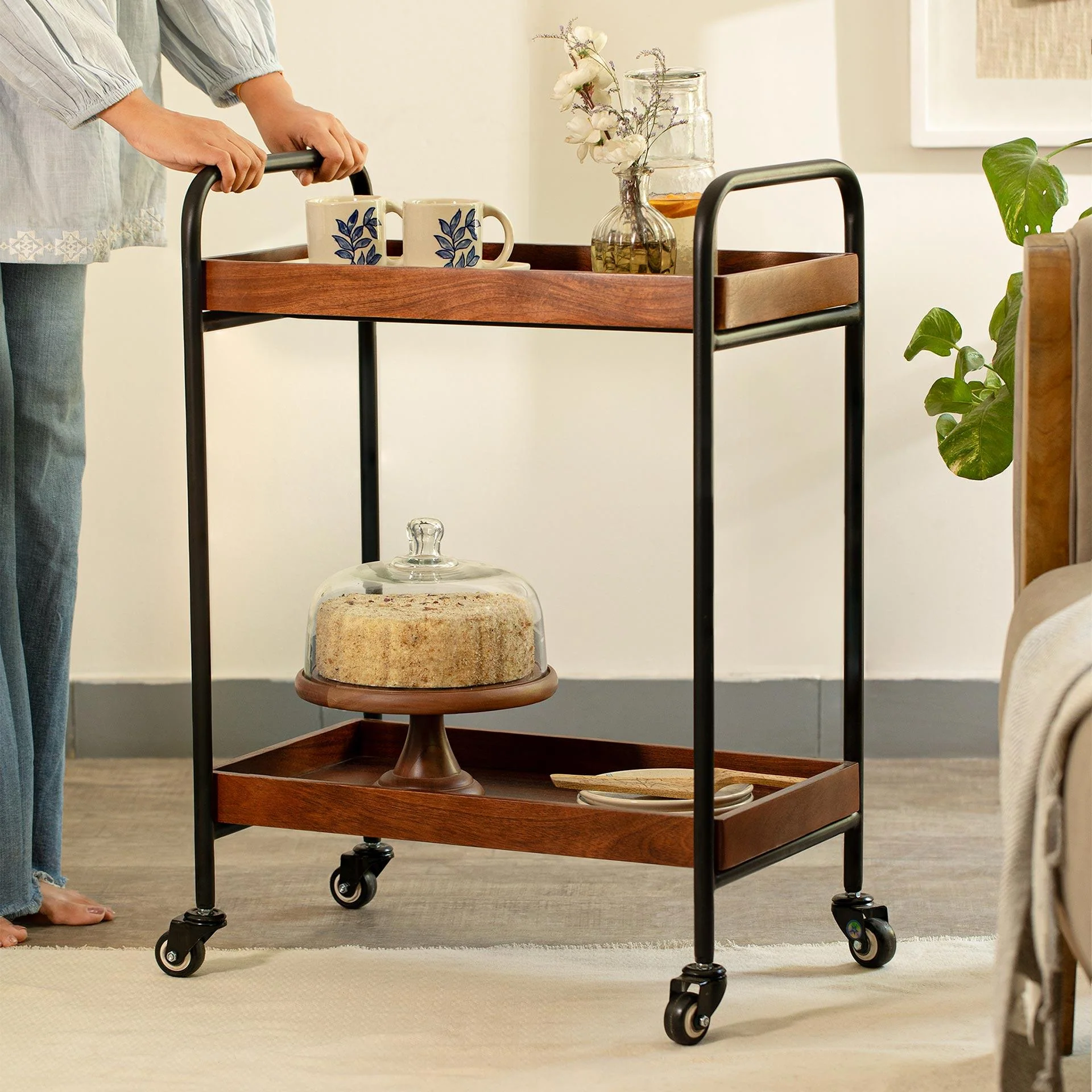

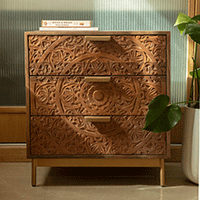

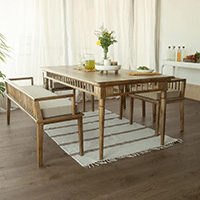
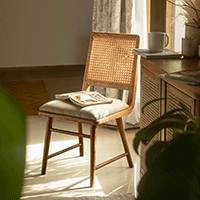

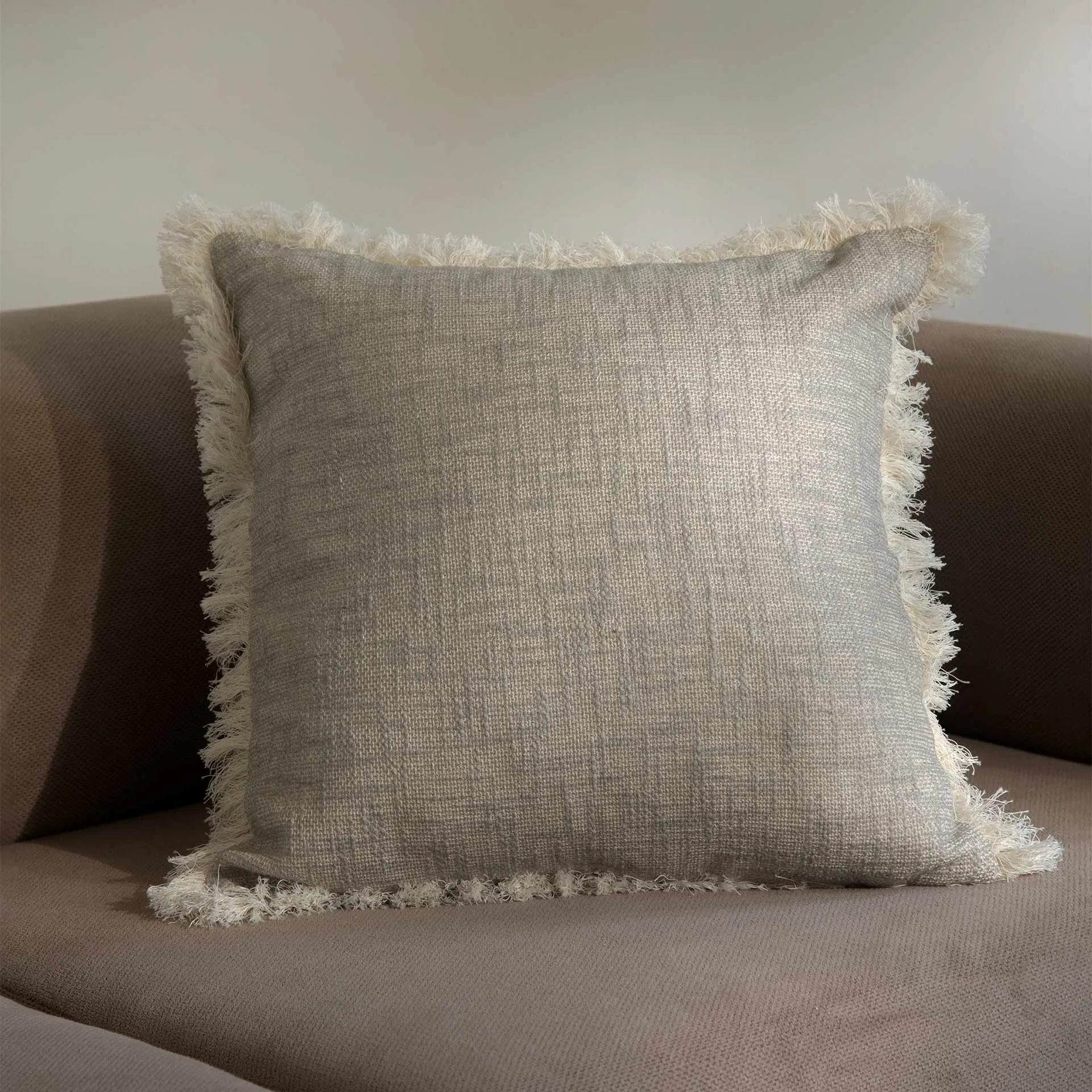
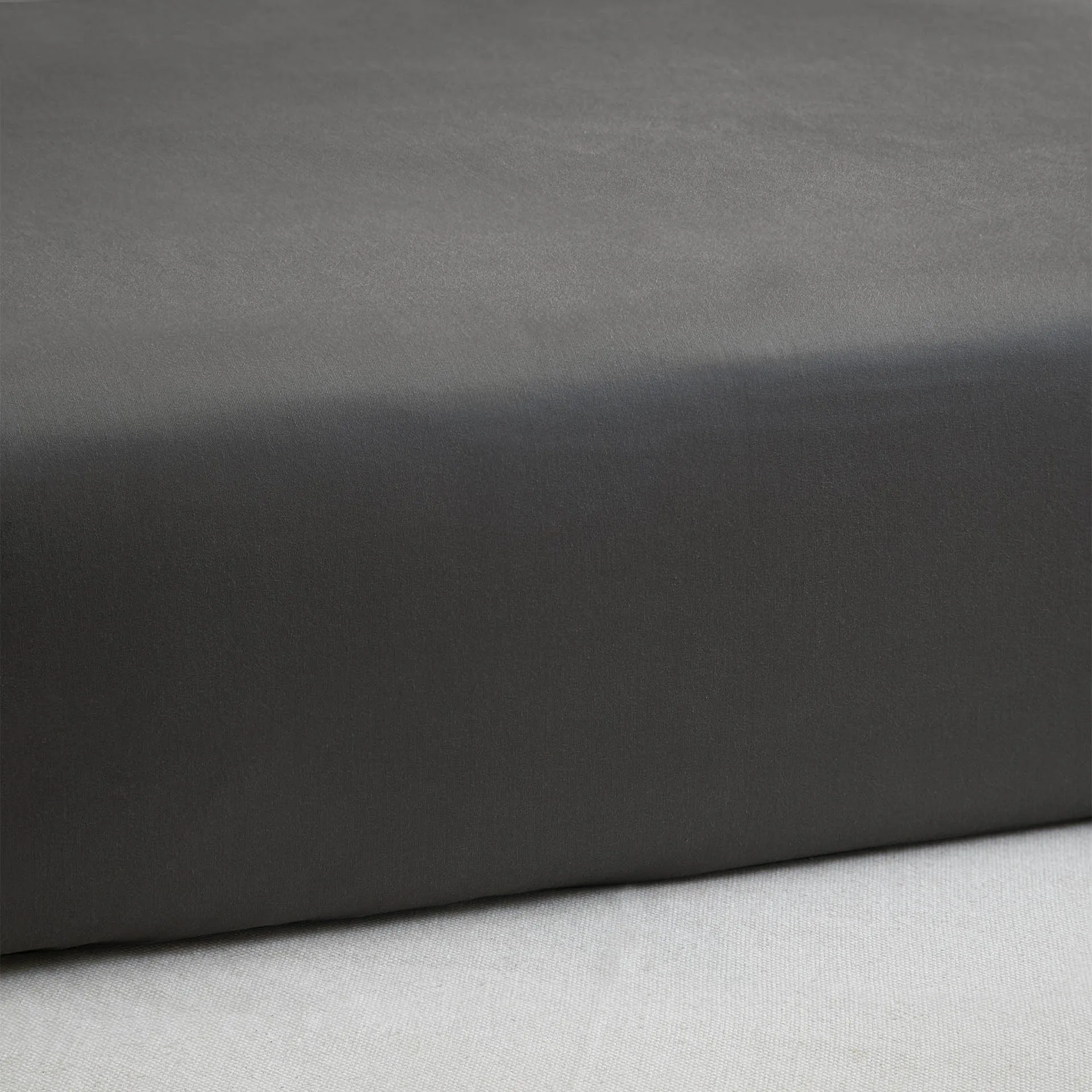

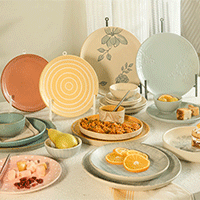
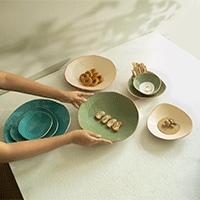
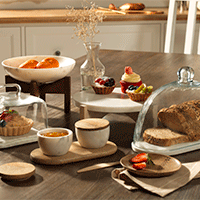
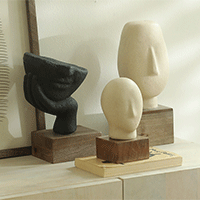
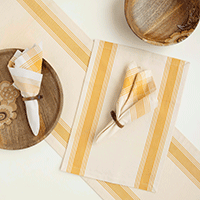
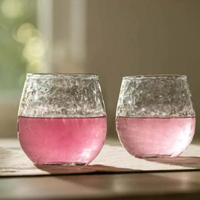
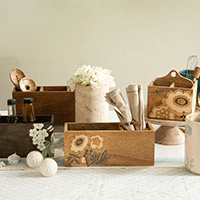
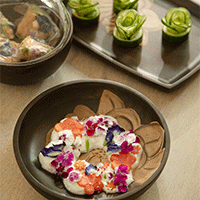
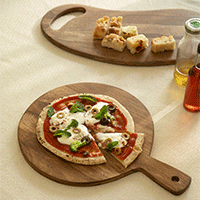
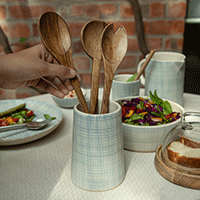
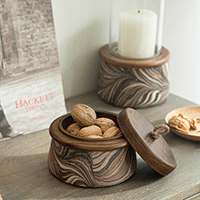
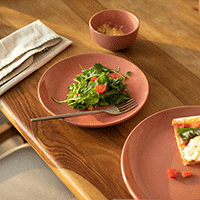
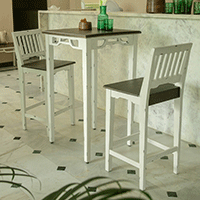
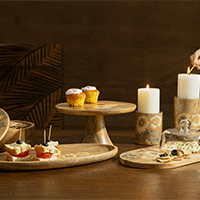
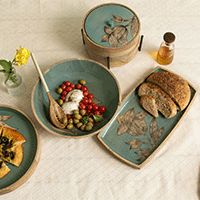
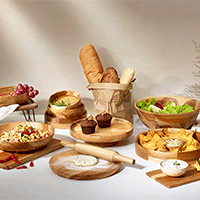
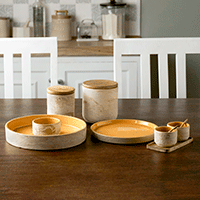
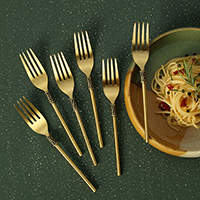
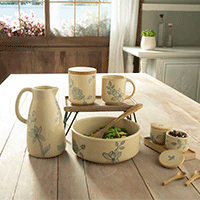
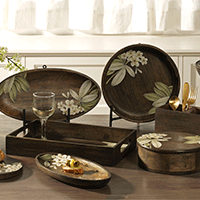
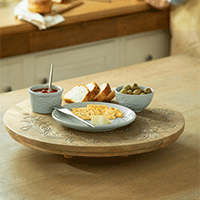
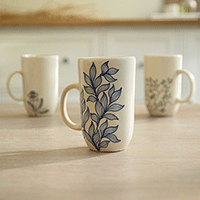
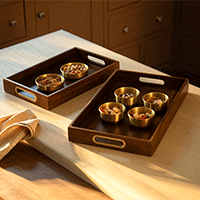
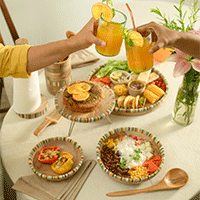
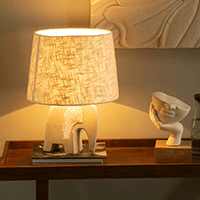
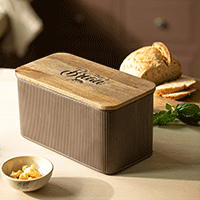
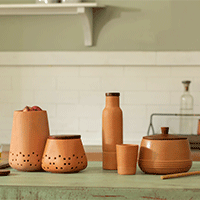
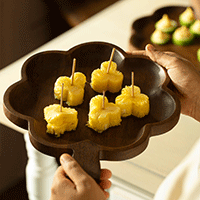
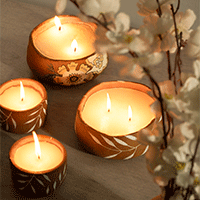
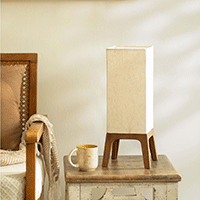
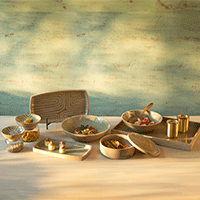
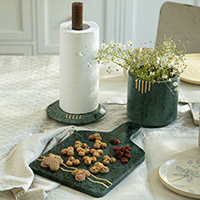
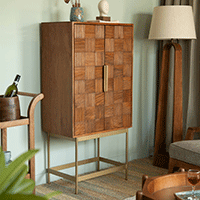
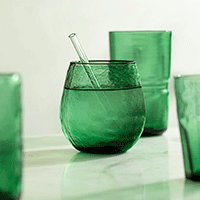
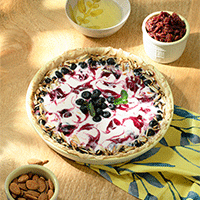
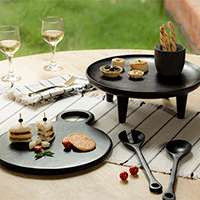
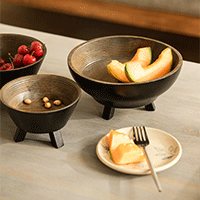
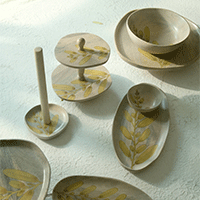
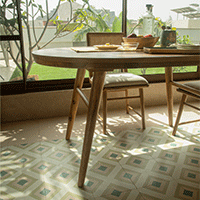
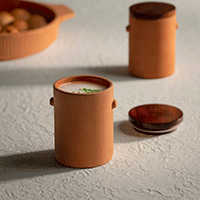
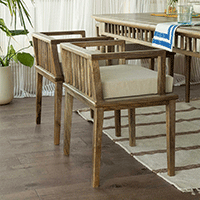

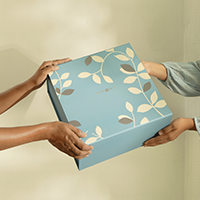
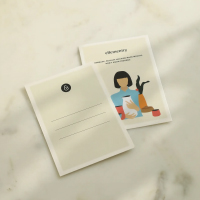

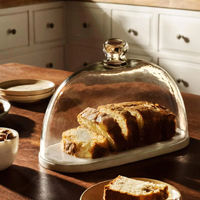

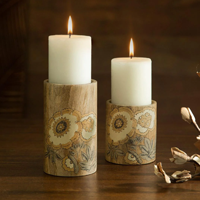
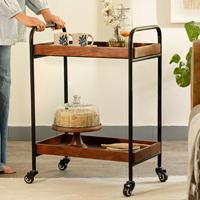


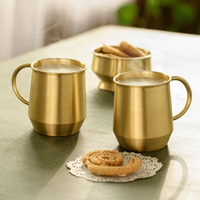
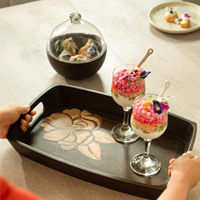
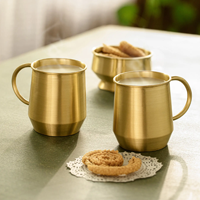
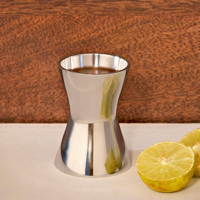
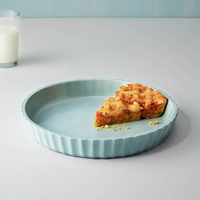
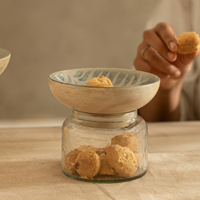
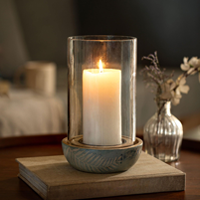
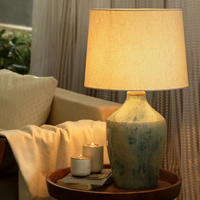
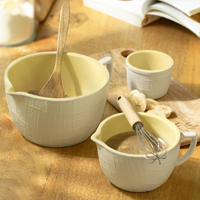
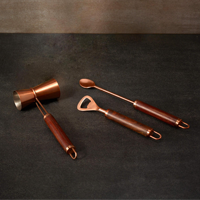
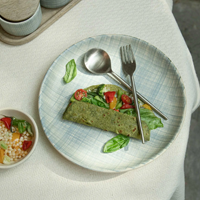







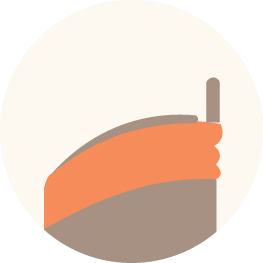






 easy returns
easy returns safe & secure
safe & secure hand crafted
hand crafted
